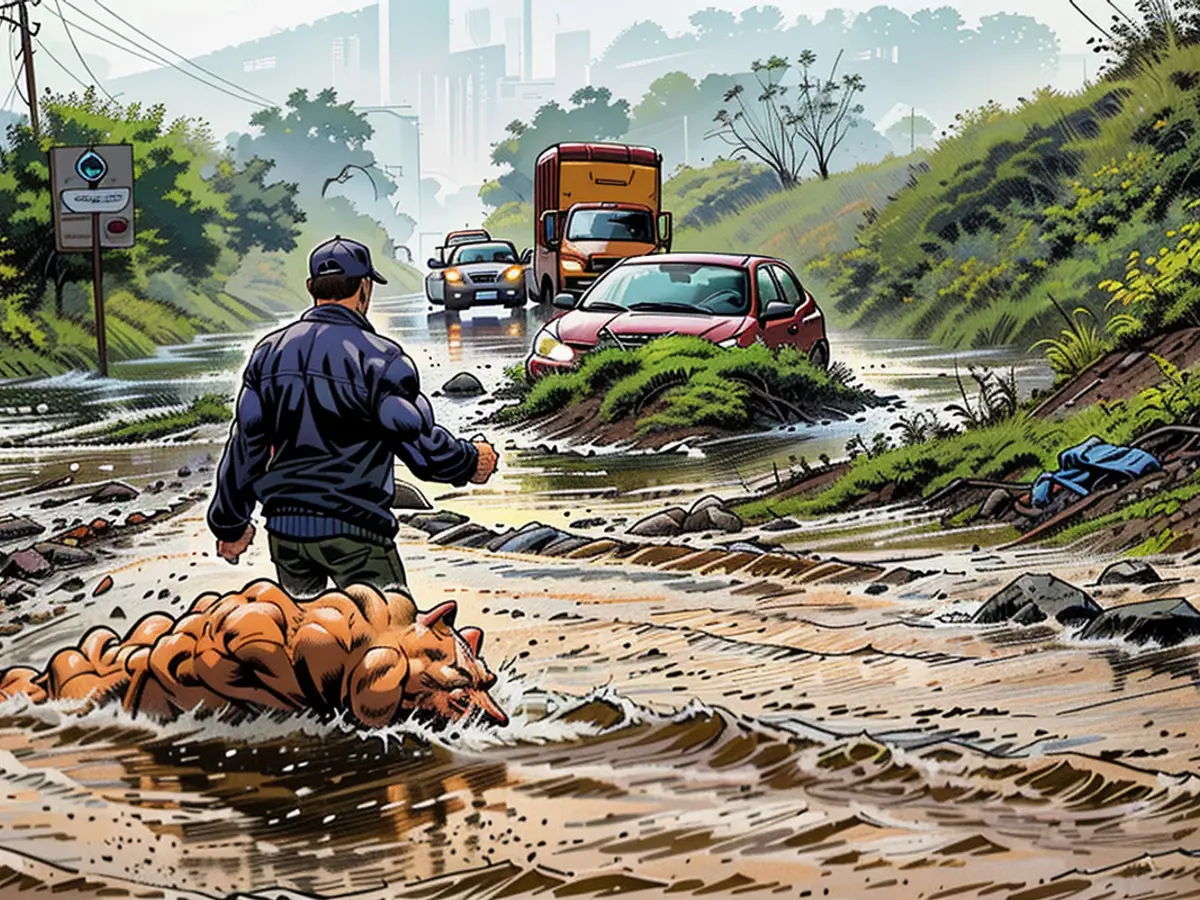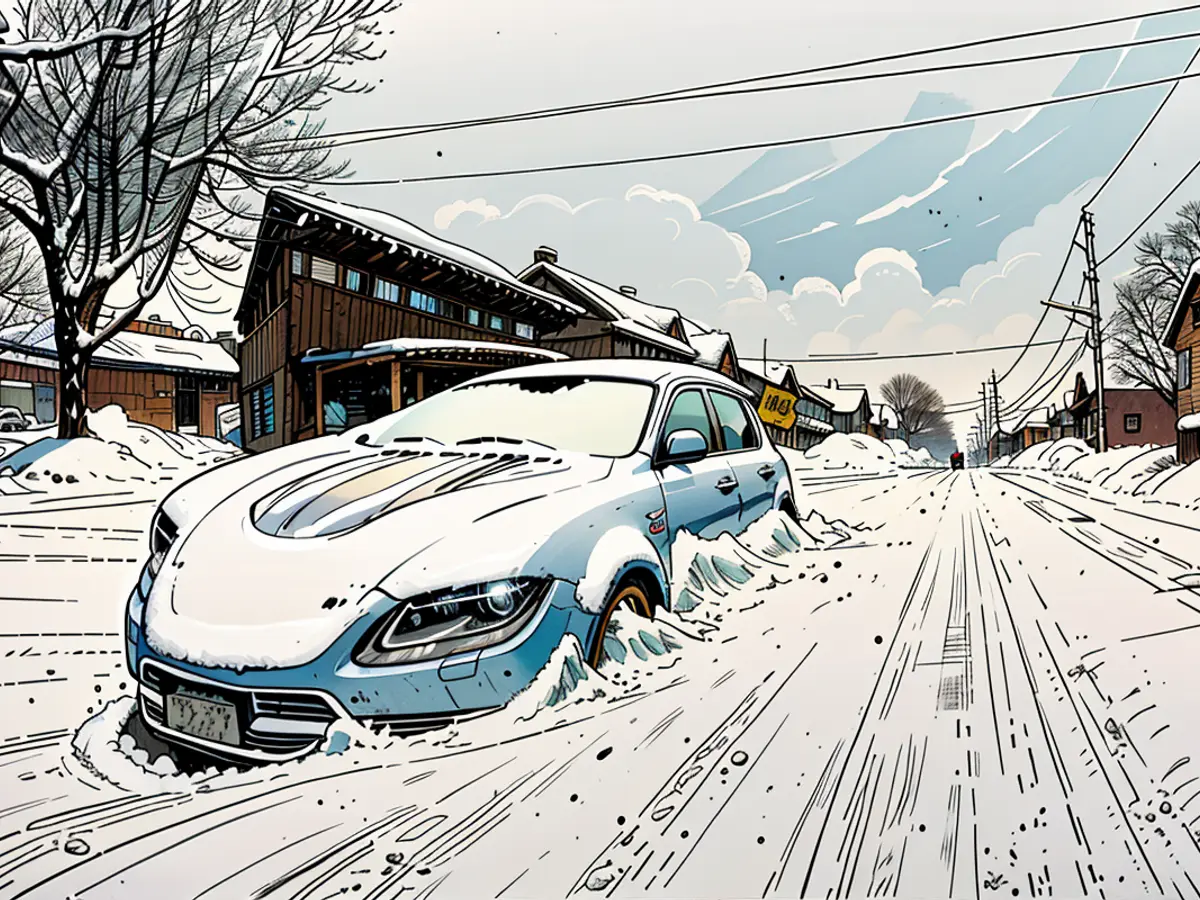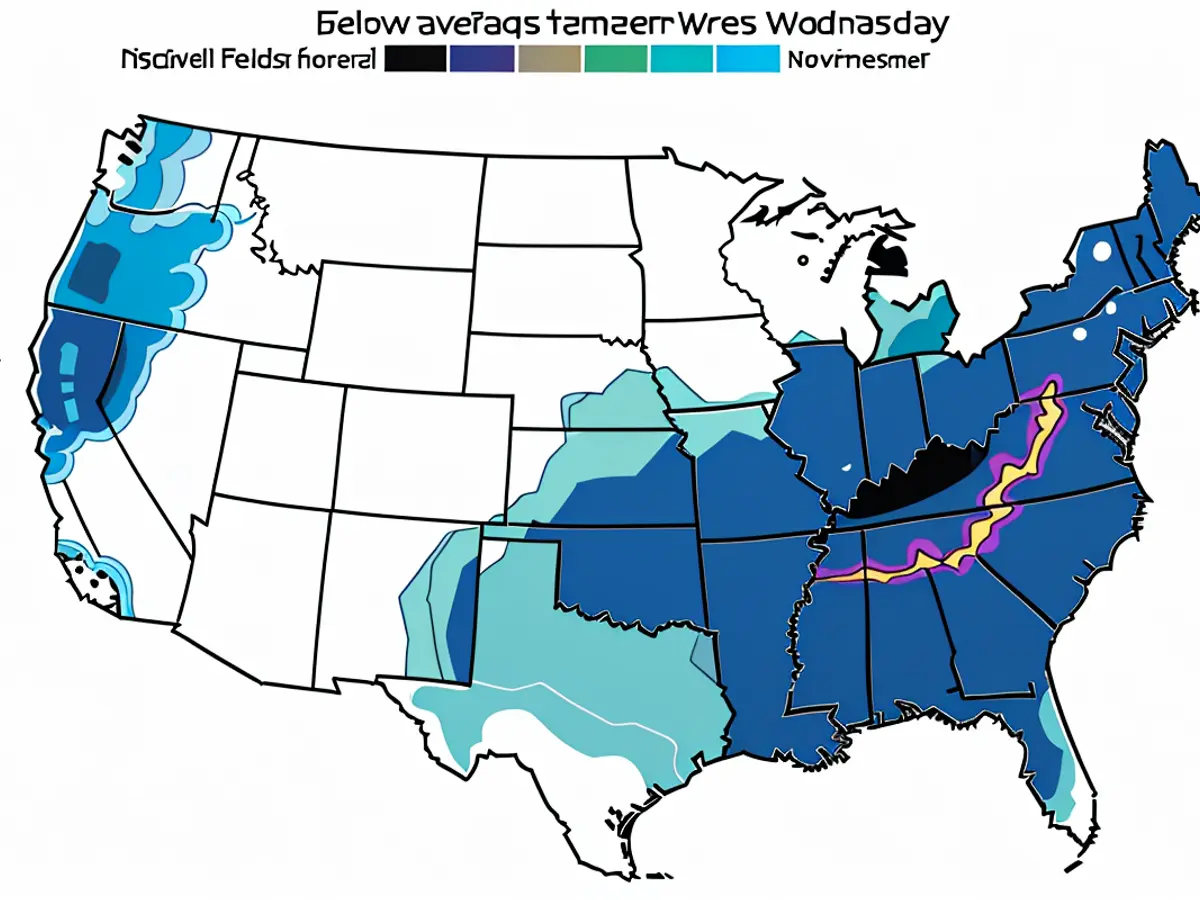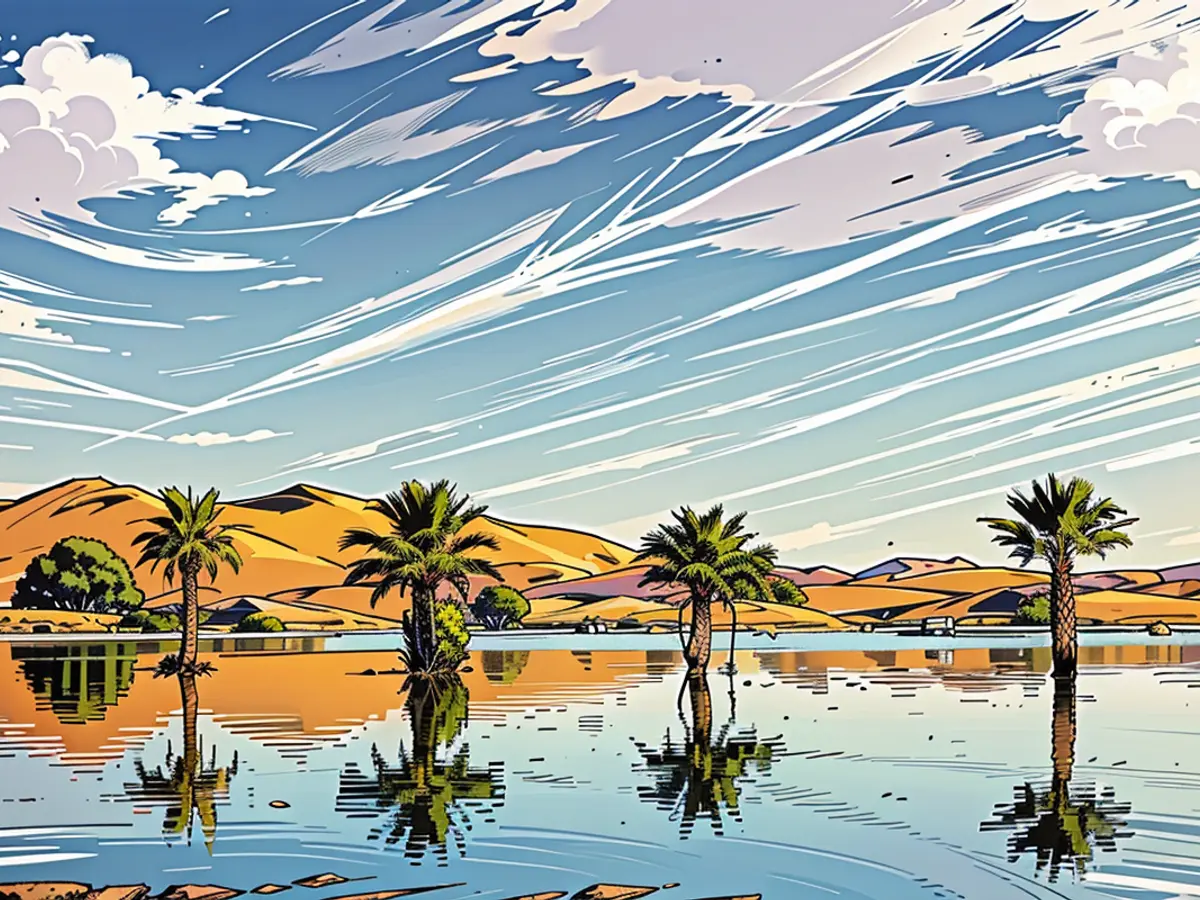Power outages caused by weather conditions continue to worsen. How can the grid in America be protected to ensure consistent electrical supply?
Despite the end of a major weather event, power outages can persist for several days in certain areas of the city.
Approximately two weeks later, during a typical weekday morning in Dallas, thunderstorms cause severe damage to the city, leading to strong gusts of wind and heavy rainfall. As a result, many trees and power lines are toppled to the ground, causing power loss for hundreds of thousands of homes and businesses.
Recent occurrences in Texas are a testament to this pattern, with more frequent power outages attributed to the hurricane-like conditions hitting the aging electric grid.
From the year 2000 to 2023, 80% of all major power failures in the United States were attributed to weather, according to research done by Climate Central, a non-profit organization. The number of weather-related outages during the period from 2014 to 2023 doubled, compared to those at the turn of the century.
Being without electricity can be costly for various reasons - it keeps people from working and attending school, and forces businesses to shut down. Additionally, it puts individuals at risk - even during mild summer heat, body temperatures can reach unhealthy levels, especially at night when the body usually cools down.
There are potential remedies to prevent such power failures from occurring, but no single solution is foolproof.
Why do outages occur?
Electricity is generated, transmitted, and distributed throughout the United States via a network of power plants, transmission lines, and electrical substations, known as the power grid. However, this aging infrastructure is straining to keep up with the current demand for power.
Moreover, the power grid is being challenged by the increasing intensity of extreme weather events as the temperature rises.
"Our (power) infrastructure was built for the weather of the past," Michael Webber, an engineering professor at the University of Texas explained to CNN, "it wasn't built for the weather of the future, and the weather of the future is already here."
A substantial part of the US electric grid was constructed between the 1960s and 1970s, while some components were installed in the early 1900s. Currently, 70% of transmission lines in the US are nearing the end of their 50- to 80-year lifespans, according to the US Department of Energy.
Every component within the power grid has some degree of vulnerability to extreme weather conditions.
The distribution of power relies heavily on overhead power lines from large transmission towers to smaller power poles. The majority of outages are caused due to issues with these power lines and poles, making them a significant weakness in the grid, according to Webber.
Nearly 60% of major weather-related outages in the US can be traced back to severe weather - namely thunderstorms, high winds, heavy rain, and tornadoes, according to Climate Central. Such extreme events negatively impact these exposed power lines.
Falling tree branches, powerful winds, and heavy ice can cause power lines and poles to fail, leaving entire communities without electricity. Increasingly intense weather conditions can lead to severe damage to transmission towers, as illustrated by the Ida hurricane.
The infrastructure cannot withstand such extreme weather conditions, leading to disrupted power supply and even further disasters - such as the Smokehouse Creek Fire in Texas, sparked by a "decayed" power pole toppled by strong winds.
In addition to the power lines and poles, the equipment that generates power is also susceptible to damage from extreme weather.
Cold snaps can cause vital equipment to freeze, making it incapable of meeting demand. The winter storm in Texas in 2021 led to several power plants shutting down and wind turbines being unable to operate in the cold, resulting in power outages that were both widespread and fatal.
Conversely, rising temperatures lead to soaring power demand during heatwaves, causing blackouts and brownouts if power supply cannot keep up. In even more extreme cases, equipment also overheats and ceases to function.

Reinforced infrastructure can manage the heat and cold - for a cost
For the US power grid to withstand extreme weather conditions or quickly restore power in their aftermath, significant upgrades and improvements are necessary.
The cost is expected to reach trillions of dollars, according to Webber.
Power poles, power lines, and transmission equipment need to be built to be more robust and capable of handling greater power flows, even during spikes in demand.
At the very minimum, a wooden power pole is less resilient and has a shorter lifespan than a metal pole. Constructing stronger, metal poles would increase their ability to withstand strong winds, but it might also bring additional environmental consequences, given the energy-intensive process of making steel.
Adding fortified power lines above ground can provide some protection against violent storms, but they can still fall during the storm.
Therefore, an alternative solution is to place power lines underground. Already, some parts of the US are employing this method, such as cities like Anaheim, California, and Fort Collins, Colorado.
These upgrades will help ensure power remains stable during extreme conditions, but at a significant cost.
However, burying electricity isn't a flawless solution. Laying power lines underground tends to be ten times more expensive than creating overhead wires, and these lines are prone to flooding and challenging to maintain, according to Rob Gramlich, the founder and president of Grid Strategies, an electrical grid consulting agency.
Updating outdated power lines costs approximately $100,000 per mile, while new power lines can range from $1 million to $10 million per mile depending on their geography and whether they are above or underground, as mentioned by Webber.
Still, this investment will prove worthwhile as fewer power lines cause disastrous wildfires or expensive outages, Webber argues.
A more robust grid must also boast advanced controls to swiftly reroute power when outages transpire.
"Any number of things can happen to power generation in one region," Gramlich conveyed to CNN. "But if you have reinforced inter-regional transmission, you possess an insurance policy against various risks."
The US has been intentionally designed so that when power needs surge in one area due to increased demand or power generation falters, another region can step in to help alleviate the load.
Renewable energy sources such as solar and wind can strengthen the grid by diversifying its means of generating power if another method falters. Nonetheless, the energy generated by renewable methods is still transported through the same susceptible infrastructure as all other power.
Although disregarding weather-induced power outages altogether might be impracticable, it should be achievable to eliminate significant, multi-day outages.
"In the end, I believe it should be exceptionally uncommon to experience a multi-day power outage," Gramlich remarked. "We can strategically design the entire electricity system to prevent such an event from taking place."
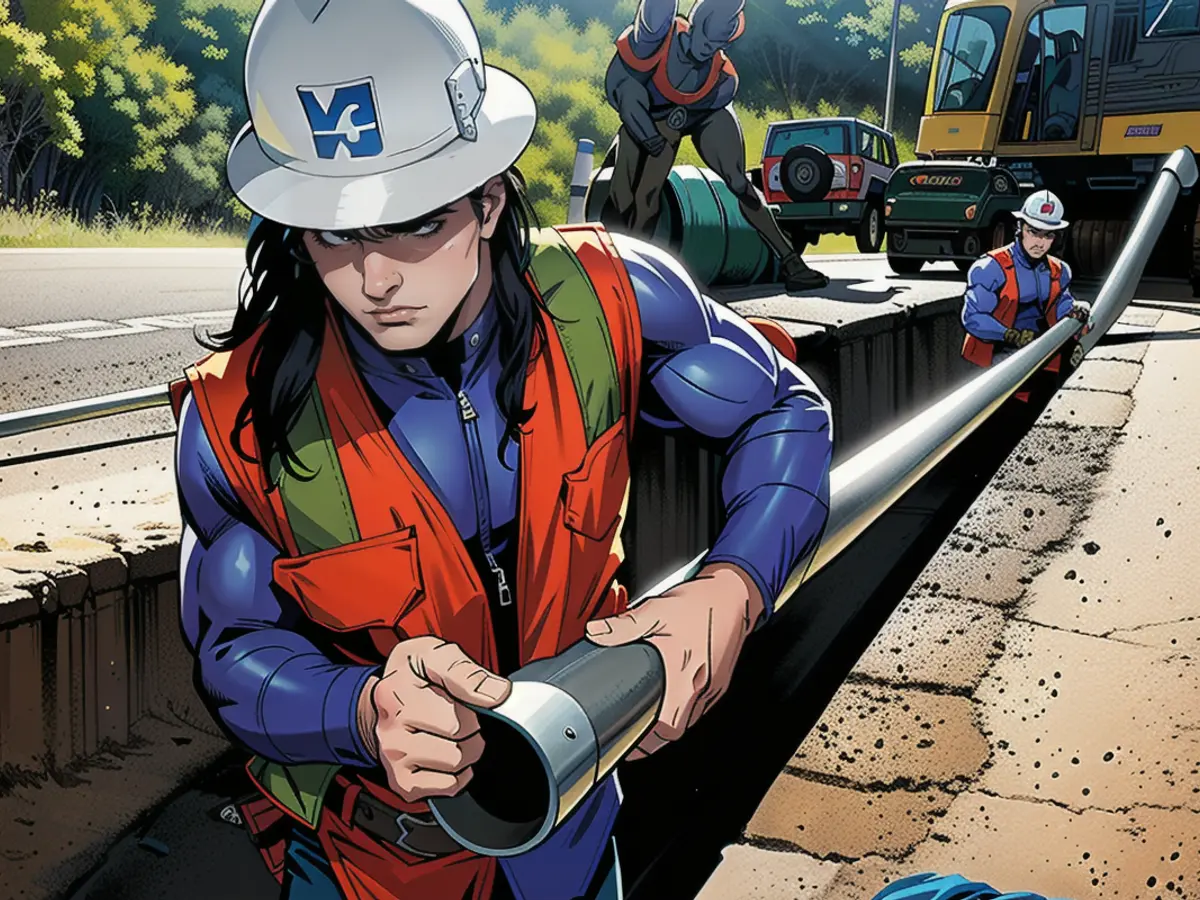
Read also:
In light of the ongoing weather-related power outages, installing more robust and resilient power poles and lines could help prevent damage and improve the grid's ability to withstand extreme weather conditions.
During the winter storm in Texas in 2021, several power plants shut down due to freezing equipment, demonstrating the vulnerability of vital power generation equipment to cold weather.

